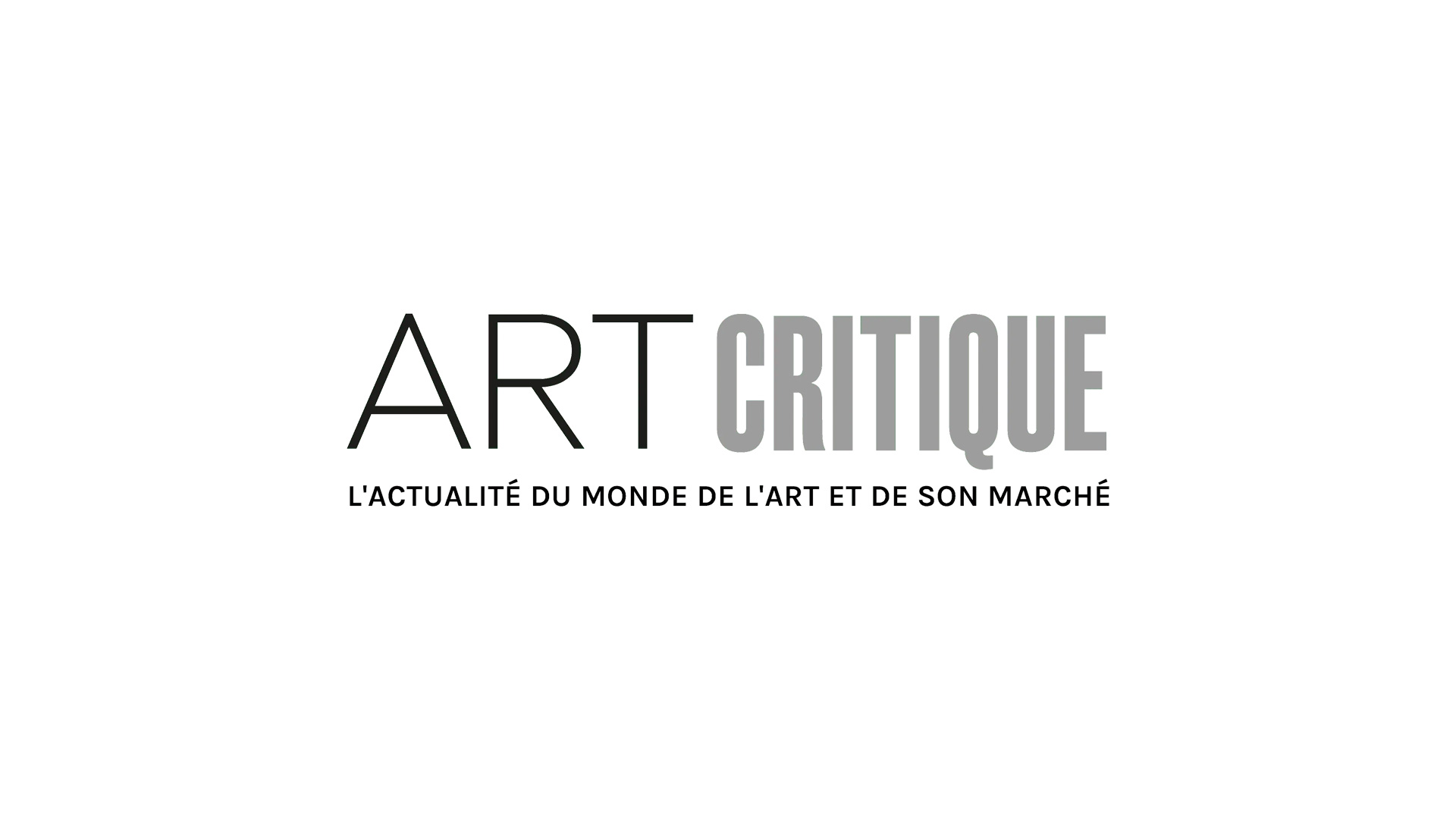When one thinks about historical Egyptian culture, it is hard not to think beyond the scope of what popular media and our education have focussed on: the great pyramids, the curious pantheon, the rules of pharaohs, the traditions with death, and, of course, mummies. And while “Egyptian Mummies: Exploring Ancient Lives” at the Montreal Museum of Fine Arts has one of those keystones as the centrepiece for its current ongoing exhibit, it is the context of those laid to rest and the things which satellite these well-preserved people that shine a light on oft-neglected aspects of Egyptian history. At this exhibit, you will find pieces of everyday Egyptian life maintained just as carefully as the ornate sarcophagi.
Currently on loan from the British Museum (who also produced the exhibition), the focal points are certainly the mummies amongst the plethora of other artifacts. Branded with the phrase “Six mummies. Six lives”, it’s clear that the presentation and context offered concerning the mummies seeks to bridge a gap between this iconic concept and the humanity that underlies it all. The names and titles of the discovered mummies are given for half: Tamut, a chantress of god Amun; Nestawedjat; Irthorru, high priest to god Min. In every case, as much information regarding the deduced circumstances about the individual’s life and death are presented. Each mummy has a video screen hanging near it, detailing through diagnostic imaging aspects of their body and burial that give us an understanding of their circumstance. The presence of these can seem starkly clinical compared to the ornate artifacts that fill the exhibit but it frames the mummies in a more comprehensible and less esoteric way.
There are many branches of the expansive history of Egypt that are presented here. The cultural exchange between Egyptians and Romans, the actual origins and tools of the embalmers, the realities of relationships between the people and their gods. However, possibly the most unrepresented aspect in the modern western lens of Egyptian culture shines the brightest here. One of the mummies on display happens to be a two-year-old boy, and so a portion of the exhibit is devoted to the artifacts of youths. It is stunning how similar these items feel to those of recent centuries, and their inclusion gives a perspective to the casual side of this historical culture that is rarely thought of. While the wonderment of Egypt’s architectural achievements and their unique practices regarding death are paramount in the rest of the world’s eyes, this was not the entirety of their lives. There may be many more examples of the god’s being connected to the earthly realm through artistry and craftsmanship, but the mundanity and familiarity of a wooden horse with wheels and a striped tunic (looking practically like a modern-day t-shirt) do much to remind us that the individuals behind these great dynasties were people just like us.

“Egyptian Mummies: Exploring Ancient Lives” serves as an insight into a creative, ritualistic process and product that we are all familiar with, but more than likely have never been in the vicinity of. It’s a strange thought as you admire the intricately painted coffins and the thoroughly wrapped and treated bodies to remember that you are beside human remains from over a millennia ago. But these somewhat grim thoughts give way to comfort as you recognize the thought and care behind the mummification process. These tasks were done because people cared enough for these individuals to give them a proper transition into the afterlife and beyond, an extremely human care and concern. Through the mummies and artifacts of this exhibit, we can both better comprehend the context of an ancient practice, as well as understand that our values and desires are not so far off from those that carefully wrapped those linens.





